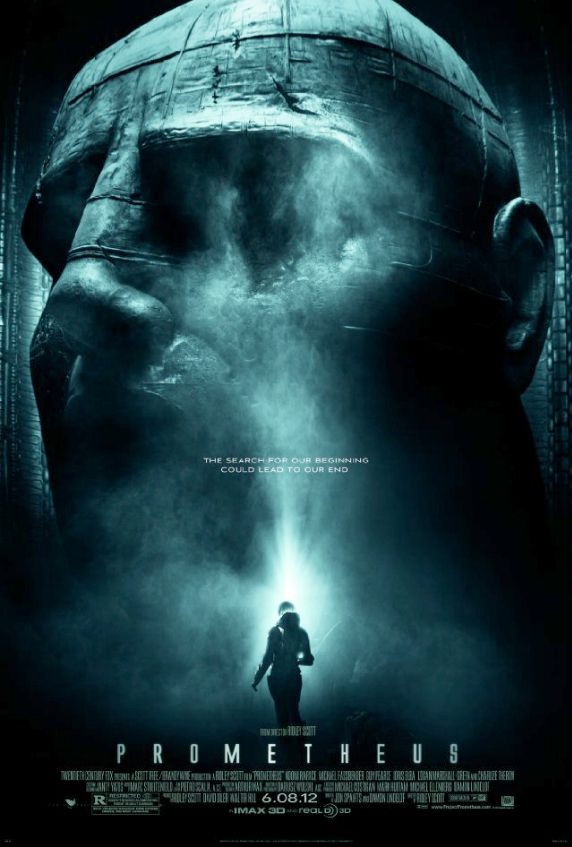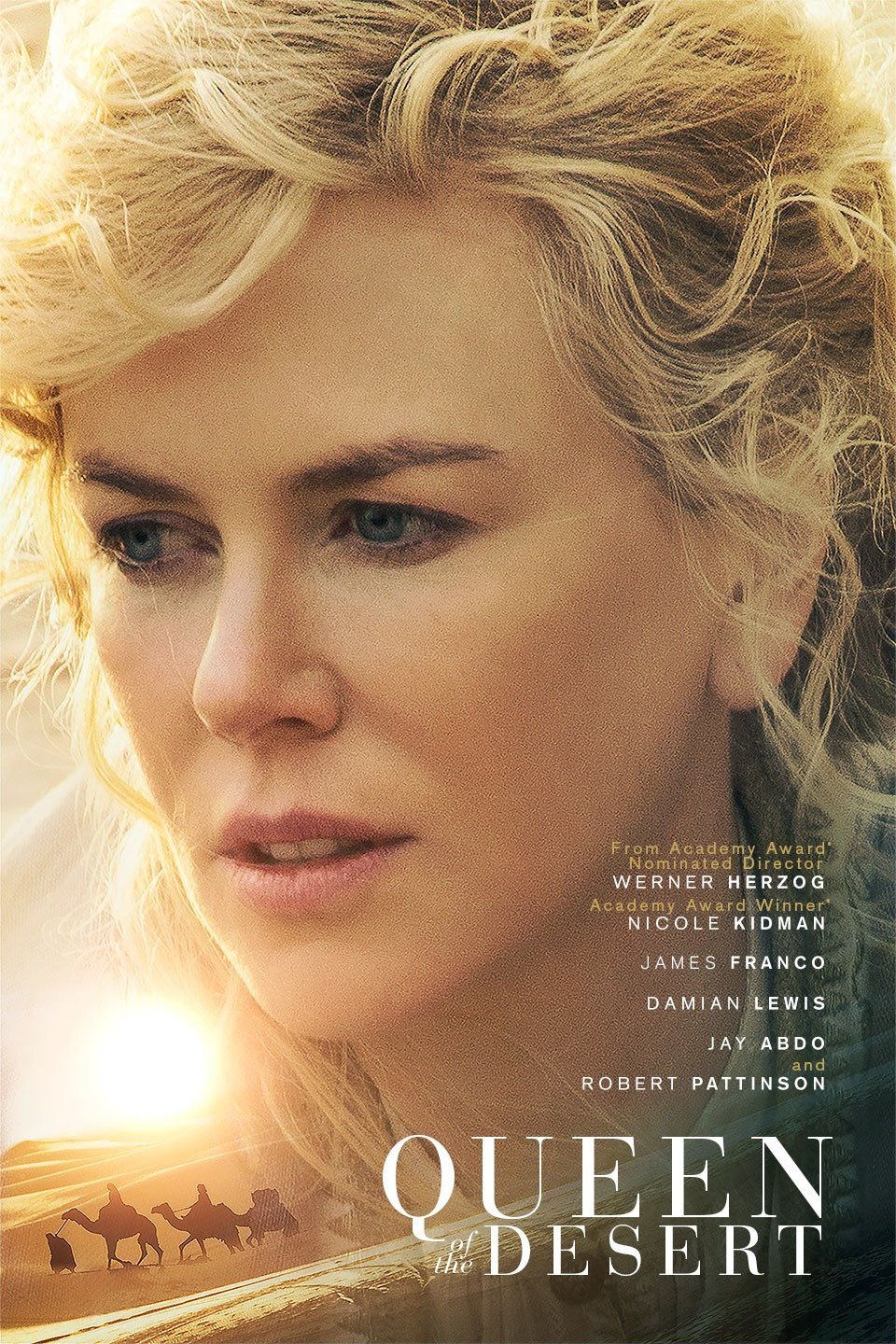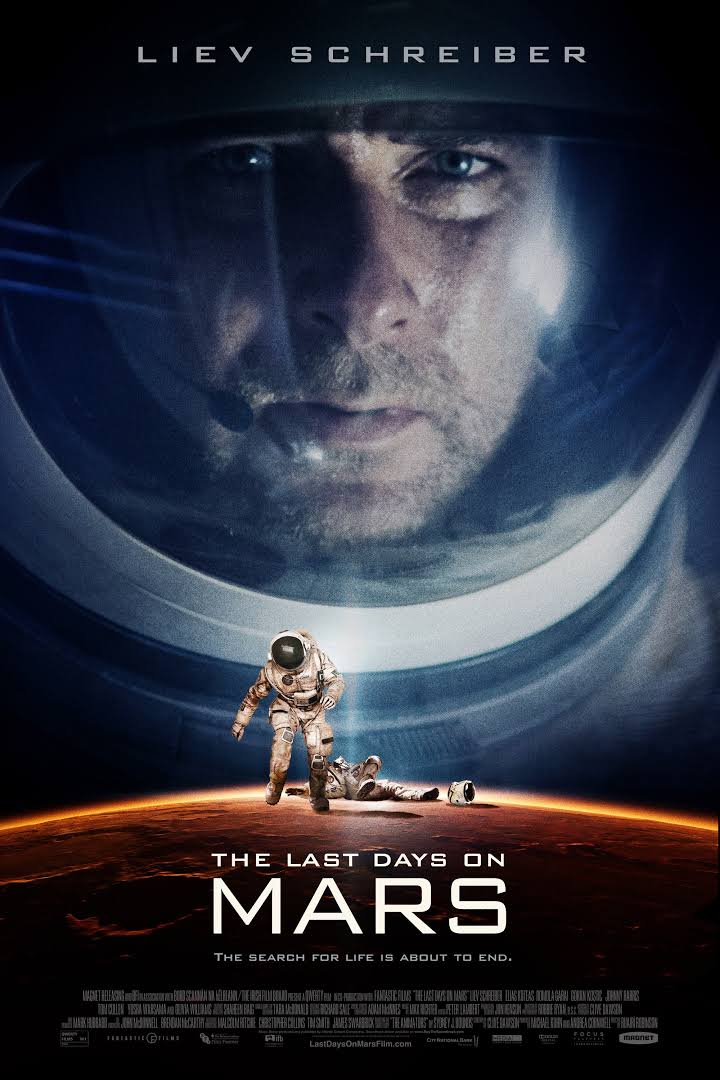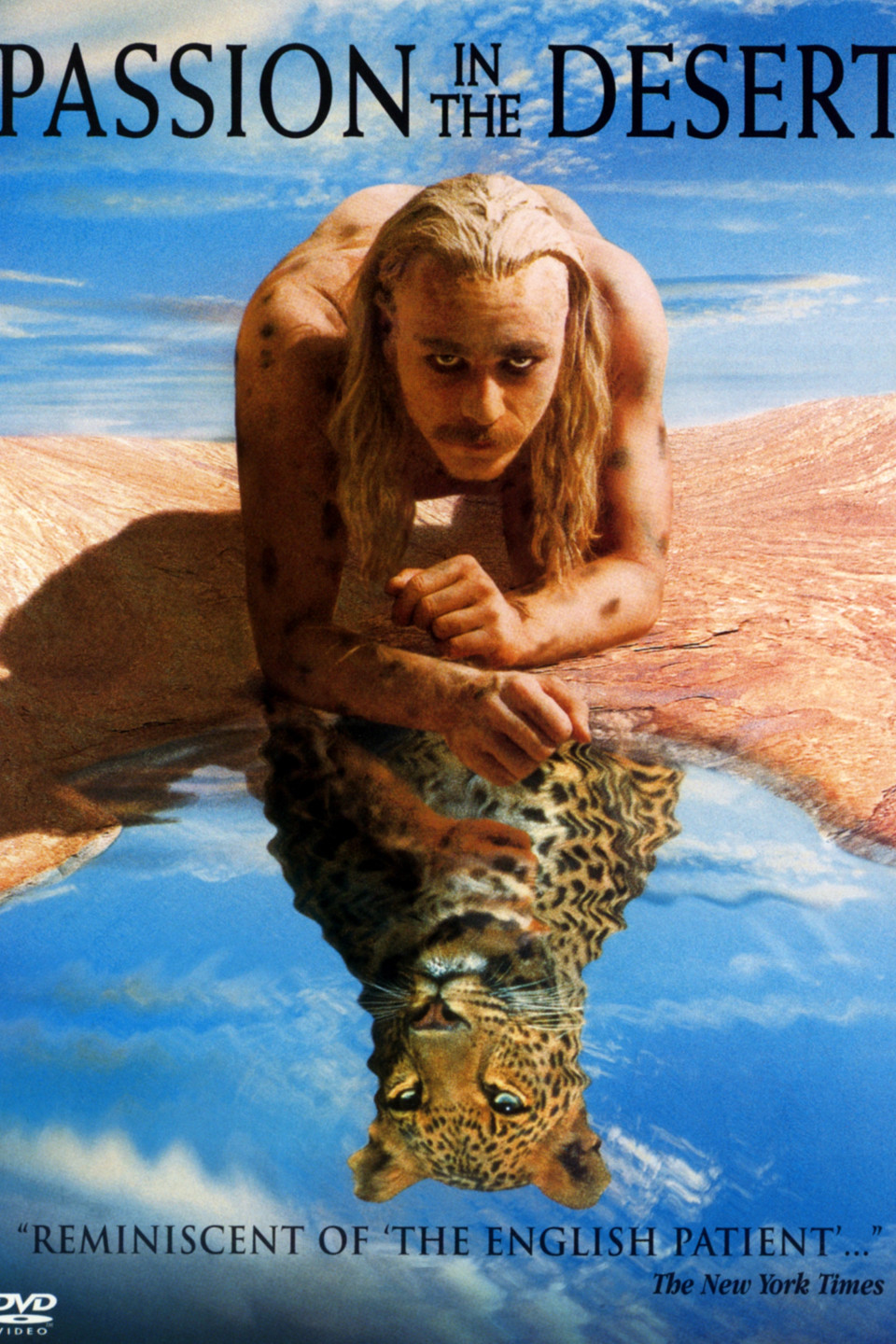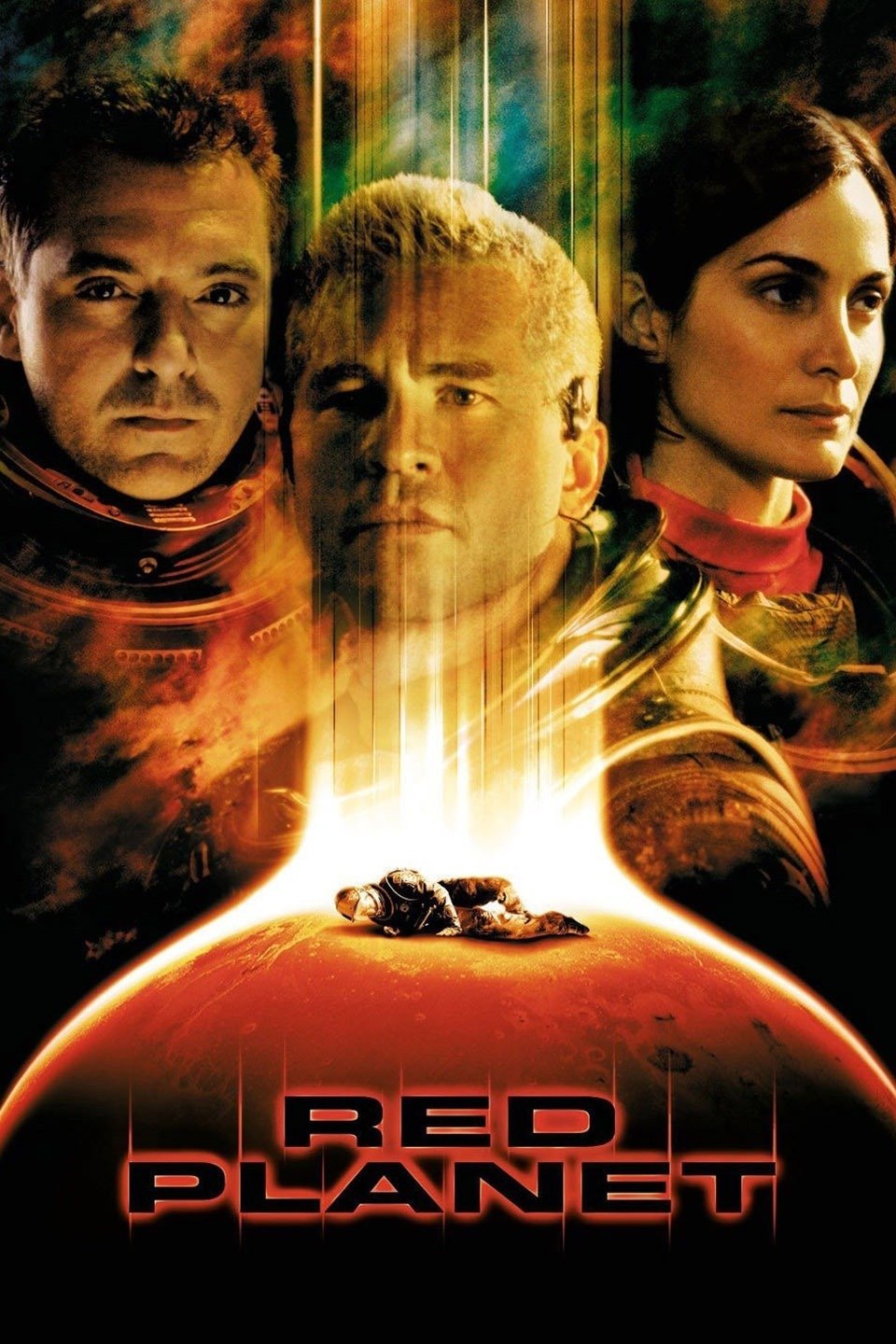WADI RUM
JORDAN
320.5 km south of Amman and 60 km to the east of Aqaba, there lies the mysterious desert landscape of Wadi Rum in Jordan. Wadi Rum can be unforgiving and relentless. Providing little shade during the day unless one seeks refuge under the behemoth mountains.
Yet at first glance the landscape may seem barren, this is but a mere illusion cast by the surface features of the desert. At a different level of magnification the desert itself is alive.
MOVIES FILMED IN WADI RUM
The large expanse of Wadi Rum has long been the backdrop for many movies and photographic ventures. It has humbly lent itself as Mars and other alien planets many times over, as well as being nearly synonymous with not only Jordan but the larger archetypal Middle Eastern desert landscape.
The desert is home to many bedouins and animals alike who share the land and live off of it, as well as give back to it. The tourism industry in Jordan, especially in Wadi Rum, has been largely expanding thanks to its increased presence within mainstream media.
Satellite reception for phones is near nonexistent. For the 2019 feature film ‘Starwars: Rise of Skywalker’, the production worked closely with the telecommunications company Zain who had provided the production with multiple trucks, each with its own mini cell tower, allowing for the entire production to have access to telecommunications such as phone signal and Wi-Fi.
Many challenges can be experienced while producing films and photographs in Wadi Rum, some such as weather conditions can either hinder or help a production.
The mountains range high, the desert vista reaches to the horizon. The landscape seems to go on forever, and one can easily get lost without the expertise of seasoned Bedouins or in the least a myriad of technologies.
The Bedouins offer themselves and their homes to tourist, as is extremely customary in Jordanian culture. The Bedouins also know exactly where they are at all times. The sun and the stars reveal to the desert familiars their very own location in relation to the mountains so that the travelers may orient themselves accordingly.
The Bedouins have learned to make the most out of their environment without impacting the ever changing, yet ever persistent, desert landscape.
Much can be gleamed form the humble and intuitive lifestyle of the Bedouins of Wadi Rum in Jordan. one must only ask, and then listen intently to the answers as the Bedouins regale locals and tourists alike about the deep inter connectivity of all things. A technique used by many desert inhabitants to cover up fresh open wounds is to cut some fur off of a goat and burn it, then promptly apply the ash on the wound. The Bedouin let the animal grow its hair and cultivate it for a few years, using goat and sheep fur with an addition of some dyes, they use it to create large tents, as well as fur coats that can withstand the coldest of nights.
Much is left to be explored, photographed, and filmed in the vast backdrop of Wadi Rum in Jordan. The landscape is unforgiving yet nourishing, dry and arid yet fertile and alive, and above all it still holds many secrets left to be discovered and many mountain sides and sand dunes to be explored.
NIGHTFALL WADI RUM
To whomever chooses to see, the universe unabashedly presents itself when the dusk settles and the night sets in. The cool desert sparks change within it, as snakes and lizards seek shelter, sheep and cattle heard together, and Bedouins retire for the night wearing their wool coats, all of whom are embraced by the most fertile of silences. The echoes of the coyotes and dogs stretch out, patterned by the intermittent beats created by the symphony of crickets and cicadas. The universe becomes an orchestra at play, the theater of sight and sound ready to be witnessed by all, yet known to but only a few.





